The Art of Carrying Less and Exploring More
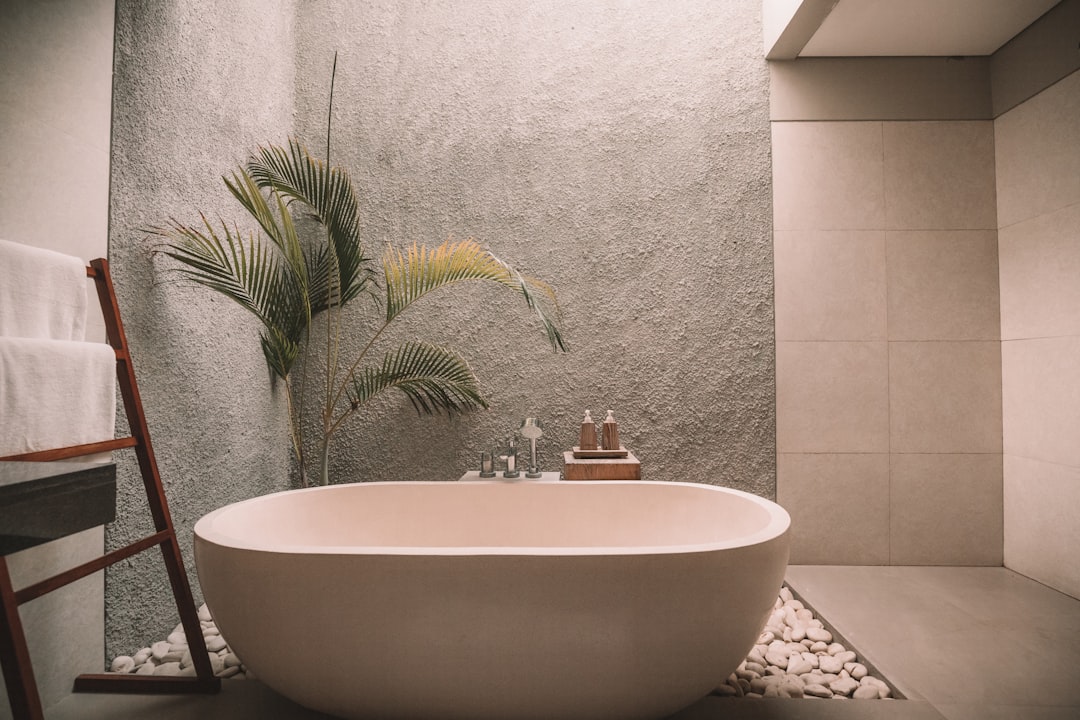
Introduction
The desire to see more of the world often collides with the practical limits of what we can carry. For digital nomads, the tension is even sharper: a laptop, a phone, a passport, a few pieces of clothing, and the tools that keep a remote business humming. Yet the most rewarding journeys are rarely the ones weighed down by excess. The art of carrying less is not about deprivation; it is about intentionality, sustainability, and freedom. When you master this art, every new destination feels like a fresh canvas rather than a burden to be managed.
In this guide we will explore why minimalism matters for nomadic life, break down the essential principles of packing light, and provide a step‑by‑step approach to building a functional, low‑impact travel kit. We will also look at the psychological shift required to let go of “just in case” items, examine sustainable practices that benefit both the planet and your wallet, and show how community can reinforce your commitment to traveling light. By the end, you should feel equipped to move through the world with less weight, more curiosity, and a deeper sense of purpose.
Why Minimalism Is a Game Changer for Nomads
Freedom of Movement
Every gram you add to your bag reduces the distance you can comfortably travel in a day. Heavy luggage can limit the modes of transport you are willing to use—crowded buses, cramped trains, or even a short hike become less appealing. A lighter load means you can say yes to spontaneous opportunities, whether that is a sunrise trek in the mountains or a last‑minute flight to a neighboring country.
Financial Savings
Packing less translates directly into lower costs. Airlines charge by weight, and many low‑cost carriers impose fees for checked baggage. Even when you can travel with a free‑carry‑on, you save on the time and stress of checking bags. On the ground, a leaner wardrobe reduces the need for frequent laundry services, and a minimal tech suite cuts down on gadget insurance and replacement expenses.
Environmental Impact
Every piece of clothing, every plastic bag, and every electronic device has an embodied carbon footprint—from raw material extraction to manufacturing, shipping, and eventual disposal. By carrying fewer items, you reduce the demand for production and the waste generated at the end of a product’s life. Moreover, a minimalist mindset often leads to more mindful consumption, encouraging repair over replacement and second‑hand purchases over brand‑new goods.
Mental Clarity
Clutter is not just physical; it invades mental space. A suitcase overflowing with “maybe I’ll need this” items can create a lingering sense of uncertainty. When you distill your belongings to the essentials, you also simplify decision‑making. You spend less time wondering what to wear or which gadget to use, freeing mental bandwidth for creativity, work, and authentic experiences.
Core Principles of Packing Light
- Purposeful Selection – Every item must serve a clear function or bring genuine joy.
- Multipurpose Design – Choose gear that can perform multiple roles.
- Quality Over Quantity – Durable items last longer and often weigh less than cheap alternatives.
- Modular Organization – Use packing cubes, compression sacks, and modular accessories to keep things tidy and adaptable.
- Iterative Refinement – Treat each trip as a test; remove items that prove unnecessary and replace those that fall short.
These principles are not abstract concepts; they translate into concrete actions that you can apply before you zip up your bag.
Building a Capsule Wardrobe for the Road
A capsule wardrobe is a curated collection of clothing items that mix and match effortlessly. For digital nomads, the goal is to stay comfortable in a range of climates while keeping the total number of garments low.
Step 1: Identify Your Climate Zones
Map out the typical climates you will encounter over the next three to six months. If you plan to spend a month in a tropical city, a week in a temperate mountain town, and a few days in a desert, you need layers that can handle heat, cool evenings, and occasional rain.
Step 2: Choose Core Pieces
Select a base layer that is breathable, moisture‑wicking, and quick‑dry. Merino wool or high‑quality synthetic fabrics are ideal. Aim for two long‑sleeve tops and two short‑sleeve tops.
Add a versatile mid‑layer such as a lightweight fleece or a softshell jacket. This piece should be packable and provide warmth without bulk.
Finish the core with a waterproof shell that can double as a windbreaker. Look for a jacket with sealed seams and a hood that packs into its own pocket.
Step 3: Add Bottoms
One pair of travel‑friendly pants (e.g., 4‑way stretch, zip‑off legs) and one pair of shorts are sufficient for most climates. If you anticipate formal meetings, a pair of smart‑casual trousers that wrinkle minimally can serve a dual purpose.
Step 4: Footwear Strategy
Two pairs of shoes usually cover all needs: a lightweight, breathable sneaker for daily wear and a sturdy, water‑resistant sandal or trail shoe for outdoor activities. Avoid bringing both boots and formal shoes unless your itinerary absolutely demands it.
Step 5: Accessories
A compact, travel‑size hat, a pair of sunglasses with UV protection, and a lightweight scarf or buff can add comfort and style without adding bulk.
Pack a small, quick‑dry towel that doubles as a washcloth, pillowcase, or beach blanket.
Step 6: Evaluate and Trim
Lay out all selected items. Ask yourself: “Can I wear this in at least three different settings?” If the answer is no, consider removing it. Remember that laundry facilities are often available in hostels, co‑working spaces, or local laundromats. Planning to wash every 7‑10 days allows you to keep the wardrobe lean.
Selecting Gear That Multitasks
Tech Essentials
- Laptop or Tablet – Choose a device that balances performance with weight. A 13‑inch ultrabook with a long‑lasting battery can replace a larger laptop and a separate tablet.
- Smartphone – A reliable phone serves as a navigation tool, camera, communication hub, and occasional hotspot.
- Portable Charger – A high‑capacity power bank (10,000‑20,000 mAh) can keep devices alive on long train rides or remote workdays.
- Universal Adapter – One compact adapter with USB ports eliminates the need for multiple chargers.
- Noise‑Cancelling Earbuds – Smaller than over‑ear headphones yet effective for blocking ambient noise in co‑working spaces.
Travel Utilities
- Packable Daypack – A foldable bag that can be stored inside your main suitcase and used for daily excursions.
- Reusable Water Bottle – Collapsible silicone bottles save space when empty.
- Compact Travel Kit – A small pouch for toiletries, featuring travel‑size shampoo, toothpaste, a razor, and a micro‑fiber cleaning cloth for lenses and screens.
- Travel Insurance Documentation – Keep a digital copy on your phone and a printed backup in a waterproof sleeve.
Safety and Health
- First‑Aid Mini Kit – Include adhesive bandages, antiseptic wipes, pain relievers, and any prescription medication.
- Travel‑Size Hand Sanitizer – Essential for public transport and co‑working spaces.
- Sun Protection – A travel‑size sunscreen and lip balm with SPF.
Each of these items is selected for its ability to serve multiple roles while occupying minimal space.
Packing Techniques That Maximize Space
Rolling vs. Folding
Rolling clothes tightly reduces creases and creates a more compact shape than traditional folding. For items that wrinkle easily, such as dress shirts, use a packing folder or a compression sleeve to keep them smooth.
Compression Sacks
For bulkier items like jackets or fleece layers, a lightweight compression sack can shave off a significant amount of volume. Avoid over‑compressing to the point where the fabric becomes permanently deformed.
Packing Cubes
Use a set of cubes to separate categories: one for tops, one for bottoms, one for underwear, and one for accessories. This modular system makes it easy to locate items without emptying the entire bag.
Shoe Storage
Place socks or small items inside shoes to preserve shape and utilize dead space. Wrap shoes in a plastic bag to protect clothing from dirt.
Bottom‑Heavy Packing
Place heavier items (electronics, books) at the bottom of the bag, near the wheels if you use a suitcase. This lowers the center of gravity and makes the bag easier to maneuver.
Sustainable Practices for the Minimalist Nomad
Choose Eco‑Friendly Materials
Opt for clothing made from recycled polyester, organic cotton, or responsibly sourced merino wool. These fabrics often have lower environmental footprints and better durability.
Repair Over Replace
Carry a small sewing kit with a needle, thread, and a few spare buttons. Learning basic repairs can extend the life of your gear dramatically.
Reuse and Refill
Invest in refillable containers for shampoo, conditioner, and other liquids. Many hostels provide bulk dispensers, allowing you to fill your own bottles and avoid single‑use plastic.
Digital Documentation
Store travel documents, receipts, and itineraries in cloud‑based services. This reduces the need for printed copies and ensures you have backups in case of loss.
Offset Carbon Emissions
When you fly, consider purchasing carbon offsets from reputable organizations. Use public transportation, bike rentals, or walking whenever possible to lower your travel footprint.
The Psychological Shift: Letting Go of “Just in Case”
Minimalist travel challenges deep‑seated habits of over‑preparation. The fear of forgetting something can be powerful, but it can be mitigated through a series of mental exercises.
Visualize the Worst‑Case Scenario
Ask yourself: “If I am without that extra sweater, what will really happen?” Often the answer is that you can purchase a similar item locally or layer differently. Imagining the outcome reduces anxiety.
Adopt a “One‑Week” Rule
If you are unsure about an item, ask whether you would need it for more than a week without access to stores. If not, it likely belongs in the “maybe” pile and can be left behind.
Practice Minimalism at Home
Before you travel, try a mini‑declutter in your daily life. Keep a small bag at home with only the essentials you use weekly. This practice builds confidence that you truly need less.
Trust the Community
Join online forums or local meet‑ups of digital nomads. Hearing stories of others who have thrived with minimal gear reinforces the belief that you can do the same.
Community Support and Knowledge Sharing
Digital nomad communities are treasure troves of tips, gear reviews, and destination insights. Engaging with them can accelerate your learning curve.
- Online Forums – Sites like Nomad List, Reddit’s r/digitalnomad, and Facebook groups host discussions about packing strategies, gear hacks, and sustainable travel.
- Co‑Working Spaces – Many co‑working hubs organize “gear swap” events where travelers can trade or lend items they no longer need.
- Local Meet‑Ups – Attend meet‑ups in each city to learn about local laundromats, thrift stores, and eco‑friendly services.
- Mentorship Programs – Some seasoned nomads offer mentorship to newcomers, providing personalized packing lists and feedback.
Participating actively not only improves your own practice but also contributes to a culture of responsible, lightweight travel.
Troubleshooting Common Challenges
The “I Forgot My Charger” Panic
Solution: Keep a spare charger or a universal USB‑C cable in your daypack. A compact power strip with multiple ports can also serve as a backup.
Dealing With Unexpected Weather
Solution: Invest in a high‑quality, packable rain shell that fits over any outfit. Layering is key; a thin merino base can keep you warm when temperatures drop unexpectedly.
Laundry Constraints
Solution: Choose quick‑dry fabrics that can be washed in a sink and hung to dry overnight. Portable laundry detergent sheets are lightweight and eliminate liquid spillage concerns.
Managing Workload With Limited Space
Solution: Use cloud‑based storage and remote desktop tools to keep local files minimal. A lightweight laptop with a solid‑state drive reduces weight and increases reliability.
Maintaining Personal Hygiene
Solution: A travel‑size silicone bottle of concentrated soap can be diluted for showers, reducing the need for multiple products. A small, antimicrobial towel can double as a washcloth and a makeshift pillow.
Real‑World Examples
The Solo Backpacker in Southeast Asia
Maria, a freelance graphic designer, spent six months traveling through Thailand, Vietnam, and Cambodia. She carried a 25‑liter backpack, a 13‑inch laptop, a compact water‑filter bottle, and a capsule wardrobe of five tops, two bottoms, and a versatile rain jacket. By washing clothes twice a week at local laundromats, she never needed more than a week’s worth of clothing. Her light load allowed her to hop on overnight trains, stay in budget hostels, and work from beachfront cafés without feeling cramped.
The Remote Team in Europe
A team of four remote developers decided to work from different European cities for three months. They standardized on a “minimal tech kit”: each member used a 14‑inch ultrabook, a pair of noise‑cancelling earbuds, and a universal travel adapter. They shared a communal inventory spreadsheet, noting any gear that was duplicated and could be consolidated. By the end of the period, they had collectively reduced their luggage weight by 40 % compared to their usual travel style, saving on airline fees and gaining flexibility to extend stays on short notice.
The Sustainable Influencer in South America
Liam, a travel content creator focused on low‑impact journeys, adopted a zero‑waste packing system. He carried a reusable silicone food container, a bamboo cutlery set, and a collapsible tote bag for market purchases. His clothing came from second‑hand stores, and he repaired a torn pair of shoes with a simple patch kit instead of buying new ones. This approach not only lowered his carbon footprint but also resonated with his audience, leading to brand collaborations centered on sustainability.
Measuring the Benefits
To assess whether your minimalist approach is paying off, consider tracking the following metrics over a month‑long period:
- Average Bag Weight – Record the weight of your main bag before each departure.
- Travel Expenses – Compare costs for luggage fees, laundry, and clothing purchases before and after adopting minimalism.
- Time Spent on Logistics – Note the minutes spent packing, repacking, and searching for items.
- Environmental Impact – Estimate carbon savings from reduced flights (if you can travel lighter and avoid extra baggage fees that might encourage unnecessary trips).
- Personal Well‑Being – Reflect on stress levels, sense of freedom, and ability to focus on work and experiences.
Seeing tangible improvements reinforces the habit and motivates further refinement.
Continuous Improvement: The Minimalist Cycle
Minimalist travel is not a one‑time checklist; it is an iterative cycle.
- Plan – Research destination, climate, and activities. Draft a provisional packing list.
- Pack – Apply the core principles and use the packing techniques described.
- Travel – Observe how each item performs. Take notes on comfort, durability, and usefulness.
- Review – After the trip, assess which items were essential, which were redundant, and which needed upgrades.
- Refine – Adjust the list, replace worn gear, and incorporate new insights.
Repeating this cycle sharpens your intuition about what truly adds value to your nomadic lifestyle.
Final Thoughts
Carrying less is more than a logistical challenge; it is a philosophy that aligns personal freedom with planetary stewardship. By embracing purposeful selection, multipurpose gear, and sustainable habits, digital nomads can travel farther, work more efficiently, and experience the world with a lighter heart. Community support amplifies these benefits, turning individual choices into collective impact.
The next time you zip up a bag, remember that each item you leave behind creates space for a new adventure, a deeper conversation, or a quieter moment of reflection. Master the art of carrying less, and the world will unfold before you in ways you never imagined.
Random Posts
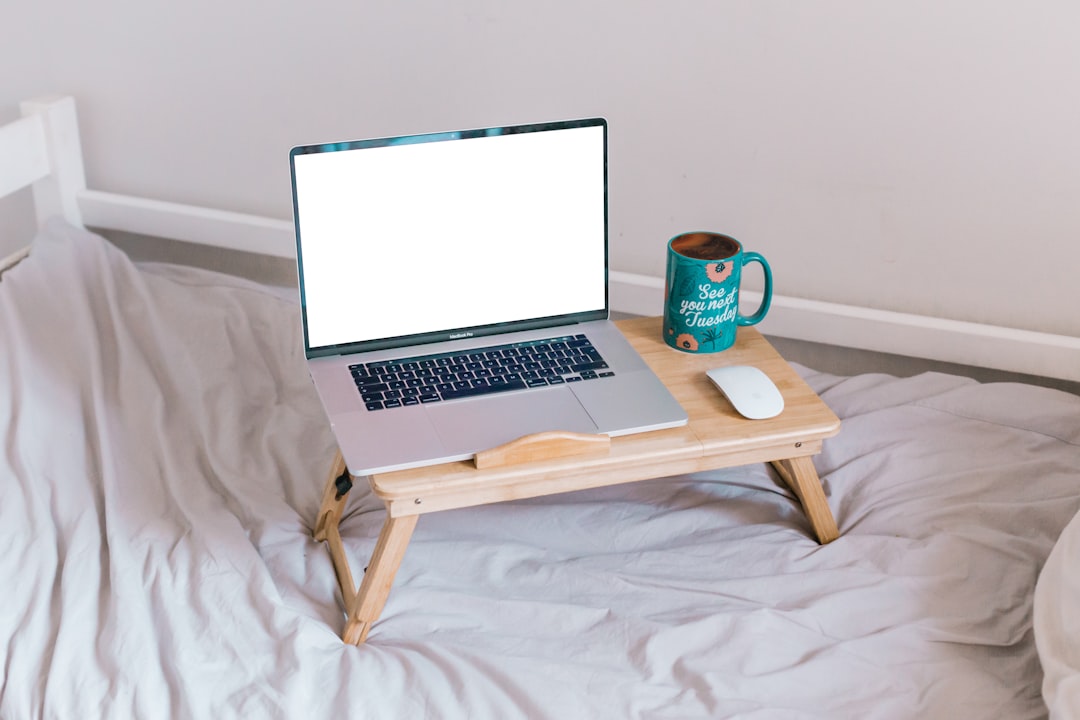
Nomad Friendly Cities Ranked with Insider Transportation Tips
Discover the top nomad-friendly cities, ranked by internet, cost, safety and more, plus local transportation hacks, from hidden bike lanes to cheap ride-hail codes, that turn any destination into a productive remote-work base.
2 days ago

The Ultimate Nomad Resource Hub Apps Books Podcasts and Online Courses
Discover the ultimate nomad toolkit: curated apps, books, podcasts and courses that boost productivity, simplify travel and help you thrive anywhere. Build your perfect remote life arsenal today.
2 months ago
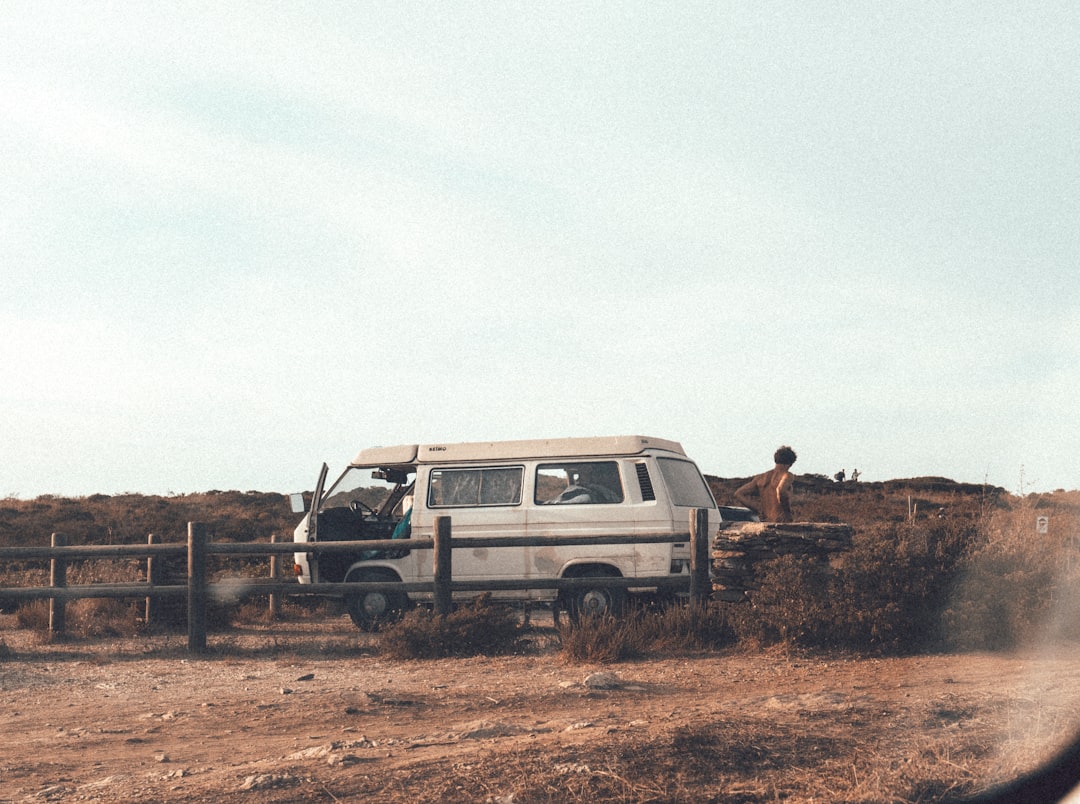
Road Ready Mindset Building Community and Health for Nomads
Discover a road ready mindset that keeps digital nomads healthy, productive, and connected. Learn practical habits, mental health tricks, and community building tips you can use anywhere from Bangkok cafés to Portuguese co living villages.
2 months ago
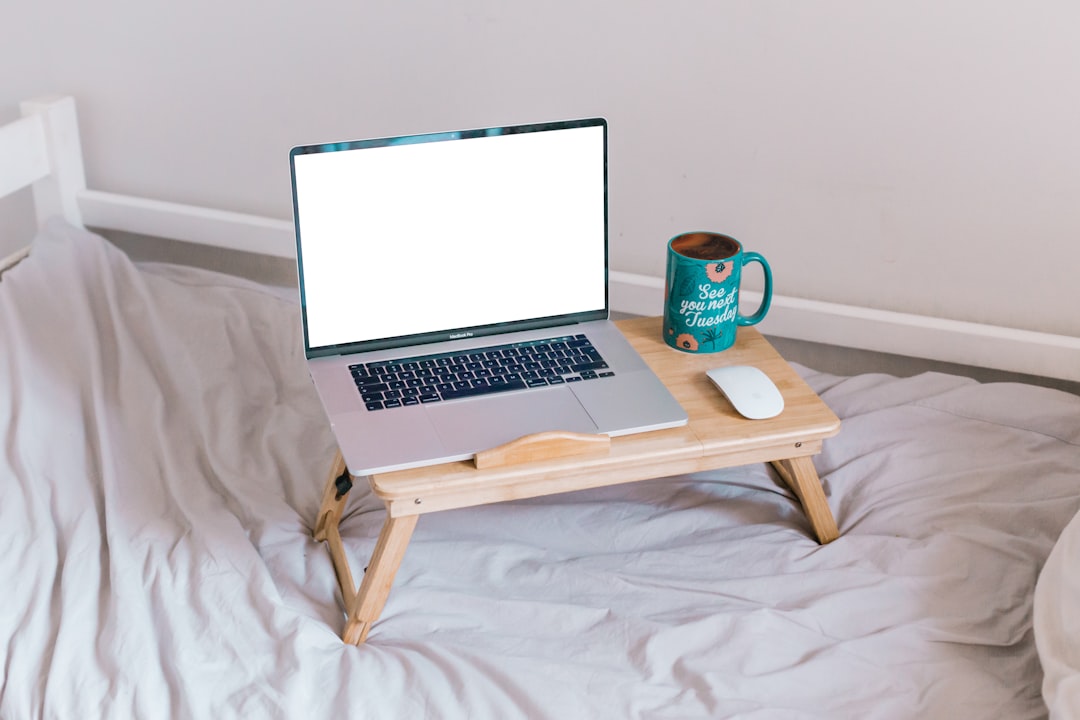
Where to Set Up Shop Abroad and What Gear to Pack
Discover the top nomad hotspots from Bali to Lisbon, learn what infrastructure matters, and get a practical packing list so you can work anywhere without missing a beat.
1 month ago
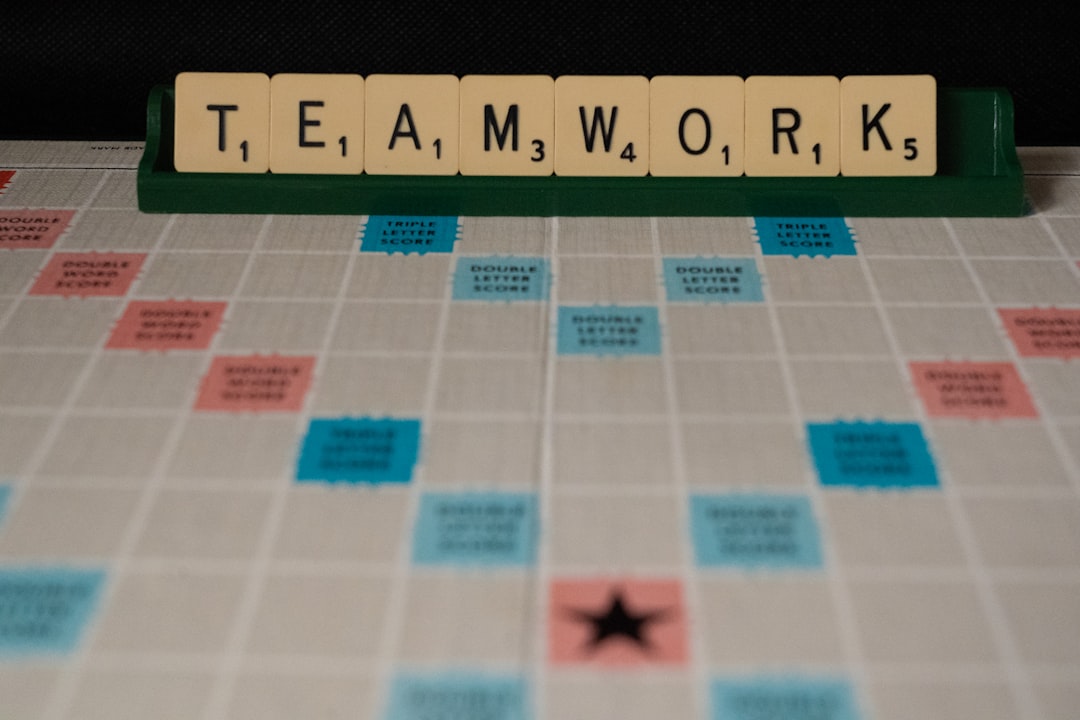
Road Ready Wellness Habits for Remote Workers
Discover simple wellness habits for remote workers on the move: easy daily movement, smart eating abroad, better sleep, mental balance and community tips to stay healthy and productive anywhere.
1 week ago
Latest Posts

Essential Software Every Remote Professional Should Use
Master remote work with essential tools: instant messaging like Slack, high definition video calls such as Zoom, and asynchronous voice apps. Streamline communication, stay connected and boost productivity.
1 day ago

Mastering Remote Work Productivity for Digital Nomads and Freelancers
Learn proven habits, tools, and tactics that help digital nomads and freelancers stay focused, deliver quality work, and maintain a sustainable lifestyle while traveling the world.
1 day ago

Tech‑Friendly European Towns Perfect for Remote Living
Discover Europe’s best small towns where fast internet, affordable living and vibrant tech communities let you work remotely while soaking up historic charm, lakeside views or mountain air.
1 day ago